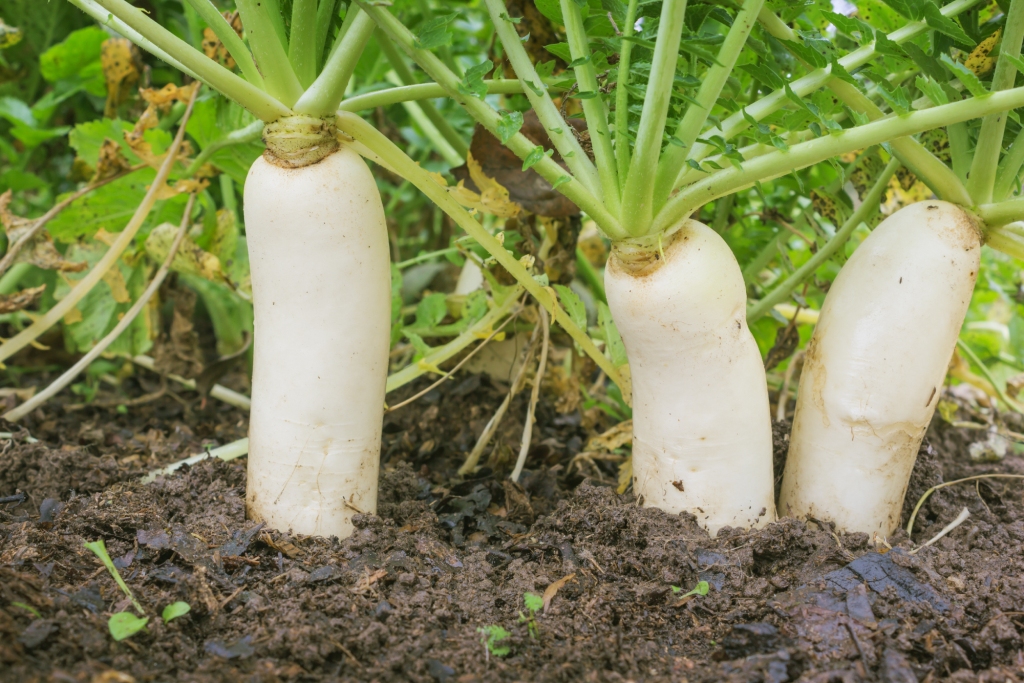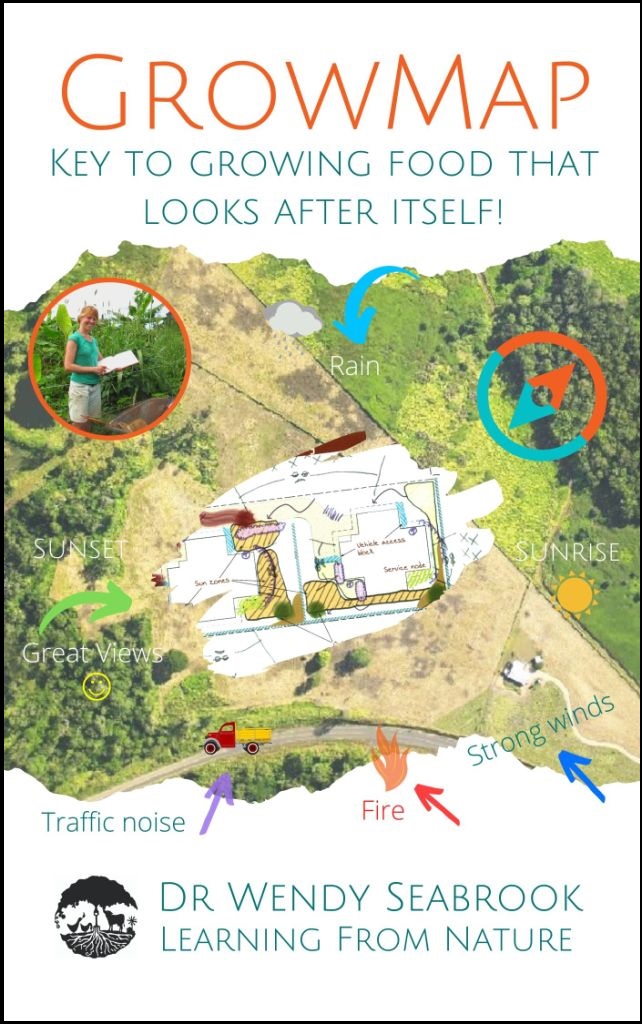One of the most frustrating things about growing plants is their cost and propensity to fail! It can take hours of research to choose plants, whether we’re growing salad greens, root crops, fruit trees, or ecological support plants, to tackle the resource issues holding us back.
Here are three simple, time-saving steps to avoid expensive mistakes and pick the best candidates for the job instead!
- Create a ‘Job Description’ to short-list suitable applicants
- Get to know your growing conditions
- Check which of your short-listed candidates will thrive in these conditions.
Step 1 – Job Description
Put together a job description using the following criteria:
- Responsibilities
What job(s) do you want your plants to do? For example, provide salad greens, an income during the winter months, forage for chickens, a screen to hide a busy road, ecological services like growing deep roots, food for birds, and nectar for pollinating insects.
- Useful skills
While not essential, what additional skills would be helpful? For example, plants that readily self-seed or grow nasty prickles to keep out the neighbour’s cats? Plants for cover crops that are easy to knock back by slashing, pasture grasses that are also palatable for horses, and timber trees that also work well as windbreaks.
- What skills are not wanted
When we initially grew living mulch under our young fruit trees, our only thought was to grow nitrogen-fixing plants, which was a mistake.
One of the plants we used was more trouble than it was worth – it climbed all over the trees! We shouldn’t have been surprised as LabLab (Dolichos Bean) is a vigorous legume with a strong preference for being upwardly mobile!
With a job description, the inability to climb would have topped the selection criteria. Any plant with a partiality for climbing is not a suitable candidate for growing with young fruit trees or vine crops!
Example Job Description – Green Manure
The job of green manure is to reduce weeds, grow a protective cover over the soil, and feed leaves, shoots, root and root exudates to the soil ecosystem. Green manure plants need to grow quickly, produce heaps of biomass and a thick ground cover. Although not essential, additional useful skills could include being nitrogen-fixers and deep-rooted to improve the soil structure and bring up leached nutrients.
From this job description, here are the selection criteria.
Essential Criteria
- Grow quickly
- Produce a dense ground cover
- Grow heaps of biomass
Desirable Criteria
- Seeds are cheap and easy to obtain
- Plants are deep-rooted
- Fix nitrogen in their roots
- Plants all reach maturity at approximately the same time
Would you have thought of the last criteria? When I used millet in a green manure mix, it reached maturity long before the other plants, set seed and grew prolifically amongst my next crop of veggies!
Step 2 – Get to know your Growing Conditions
Do you understand your growing conditions and how they change across your site? Your sun and shade patterns, soil, drainage, and other environmental conditions.
Understanding your growing conditions and choosing plants that do well in these conditions is your roadmap to growing plants that look after themselves.
Yet, it’s not something we commonly do. Many people worry about not having the skills and time, but you don’t need to dive in deep, get tied up in knots, and spend days recording stuff! It’s unnecessary, and if you’re anything like me – you have too many other things to do…
Step 3 – Choose Plants that will Thrive in your Conditions
Now, for the shortlisted candidates, check which ones will grow well in your environmental conditions. Most species are reasonably fussy about where they live. If your conditions (soil, shade, drainage, etc.) don’t meet the needs of the plants you select, they won’t grow well, and you won’t get the job done.
Finding information on the preferred growing conditions for plants isn’t hard. Neighbours, local farming and seed-saving groups, seed merchants, and agricultural advisory services usually have a lot of experience to share. There is also plenty of excellent information on the internet – directories covering topics from tropical forages, pasture grasses, and legumes to cultivars of food crops. You can even search online plant directories specifying your climate and other growing conditions.
Get Additional Help from Learning from Nature
Many resources are available to help you get to know your growing conditions. Many are overly complicated and take too long to do! That’s why we developed the GrowMap – a rapid site assessment technique. It’s so simple you can get your kids involved!

